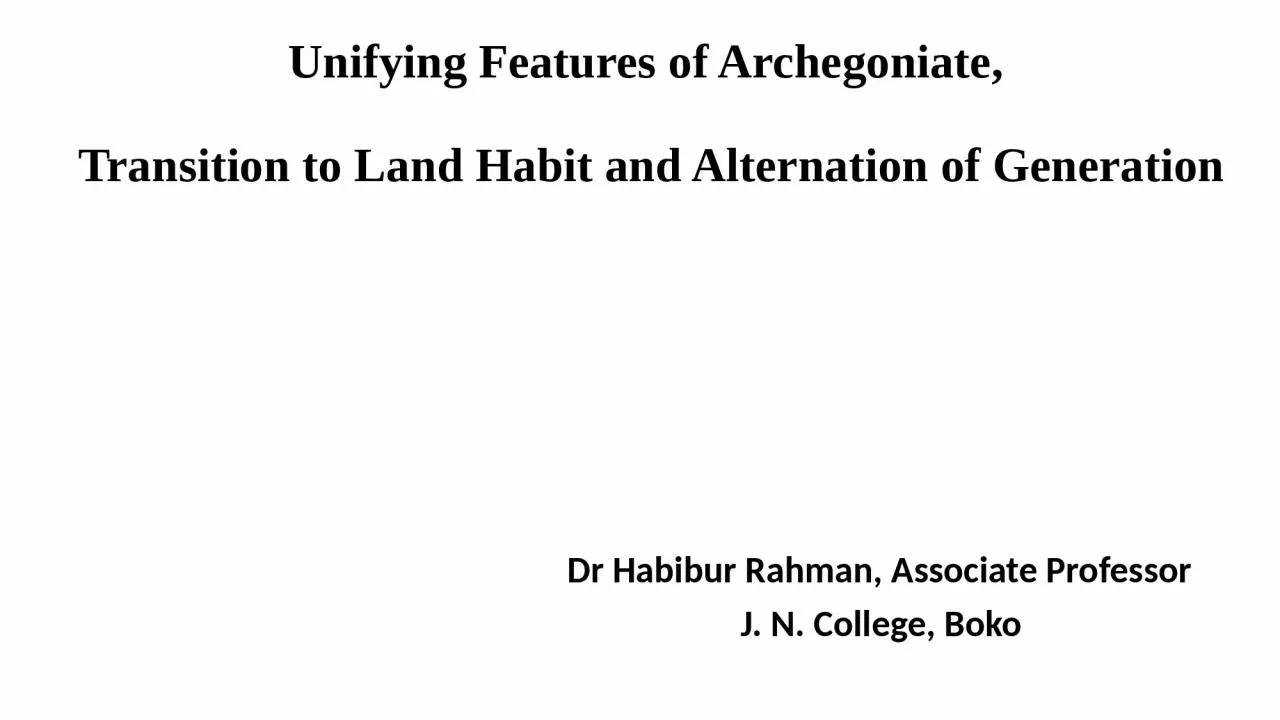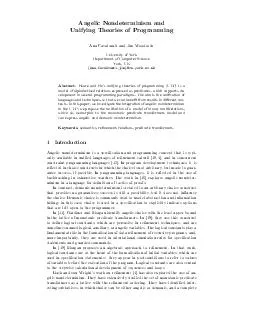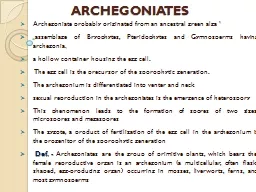PPT-Unifying Features of Archegoniate,
Author : Ruggedman | Published Date : 2022-08-03
Transition to Land Habit and Alternation of Generation Dr Habibur Rahman Associate Professor J N College Boko 8 During the formation of spores the spore mother
Presentation Embed Code
Download Presentation
Download Presentation The PPT/PDF document "Unifying Features of Archegoniate," is the property of its rightful owner. Permission is granted to download and print the materials on this website for personal, non-commercial use only, and to display it on your personal computer provided you do not modify the materials and that you retain all copyright notices contained in the materials. By downloading content from our website, you accept the terms of this agreement.
Unifying Features of Archegoniate,: Transcript
Download Rules Of Document
"Unifying Features of Archegoniate,"The content belongs to its owner. You may download and print it for personal use, without modification, and keep all copyright notices. By downloading, you agree to these terms.
Related Documents














